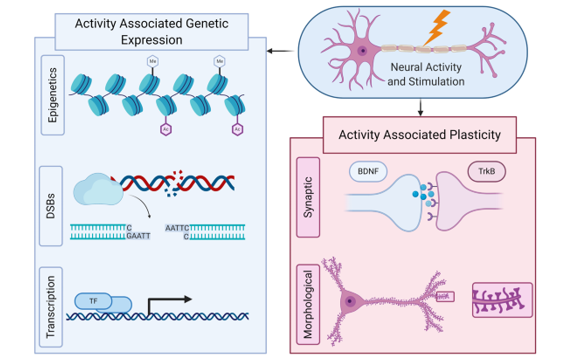You are here
Role of the Site of Stimulation on Physiologic and Molecular Plasticity of the Injured Spinal Cord.
Speakers
Abstract
Spinal cord injury results in the disruption of communication between the brain and spinal cord resulting in paralysis. After spinal cord injury, electrical stimulation of spared motor pathways below the injury results in functional improvements, presumably through Hebbian Plasticity. In patients, the spinal cord is necessarily stimulated from the dorsal surface using epidural paddle electrodes used originally for pain management. Experimentally, stimulation can be applied to multiple regions of the spinal cord including dorsal, ventral, multisite or intraspinal. In these studies, we explored how the site of stimulation achieves similar, distinct or cooperative effects on spinal cord plasticity. Our data indicates that functional plasticity occurs by a variety of structural, molecular and physiologic mechanisms. Together, these data indicate that site of stimulation and multi-site stimulation may be important to improve the accessibility and efficacy of electrical stimulation for the repair of sensorimotor function. 

